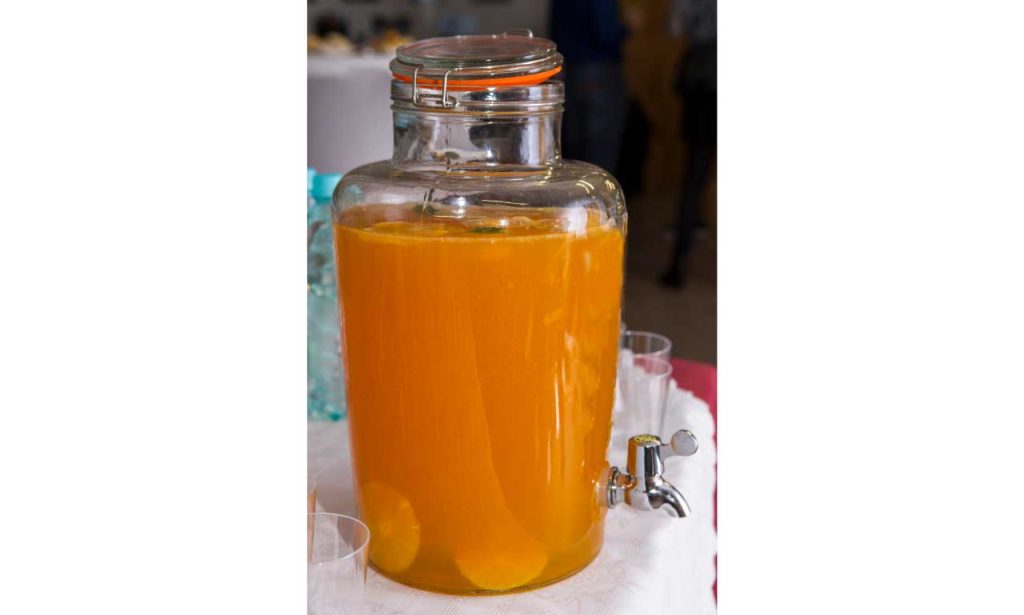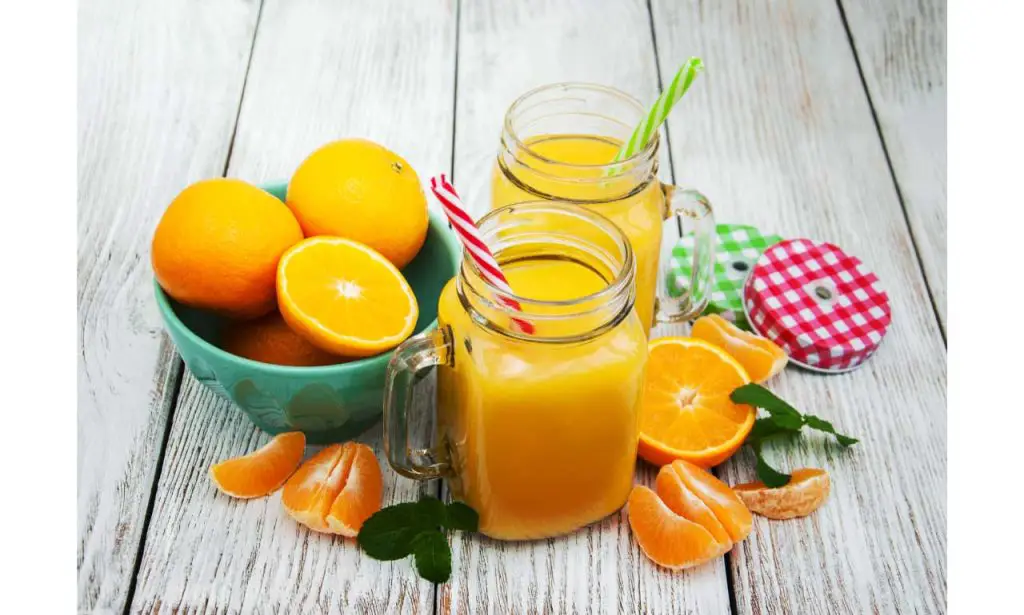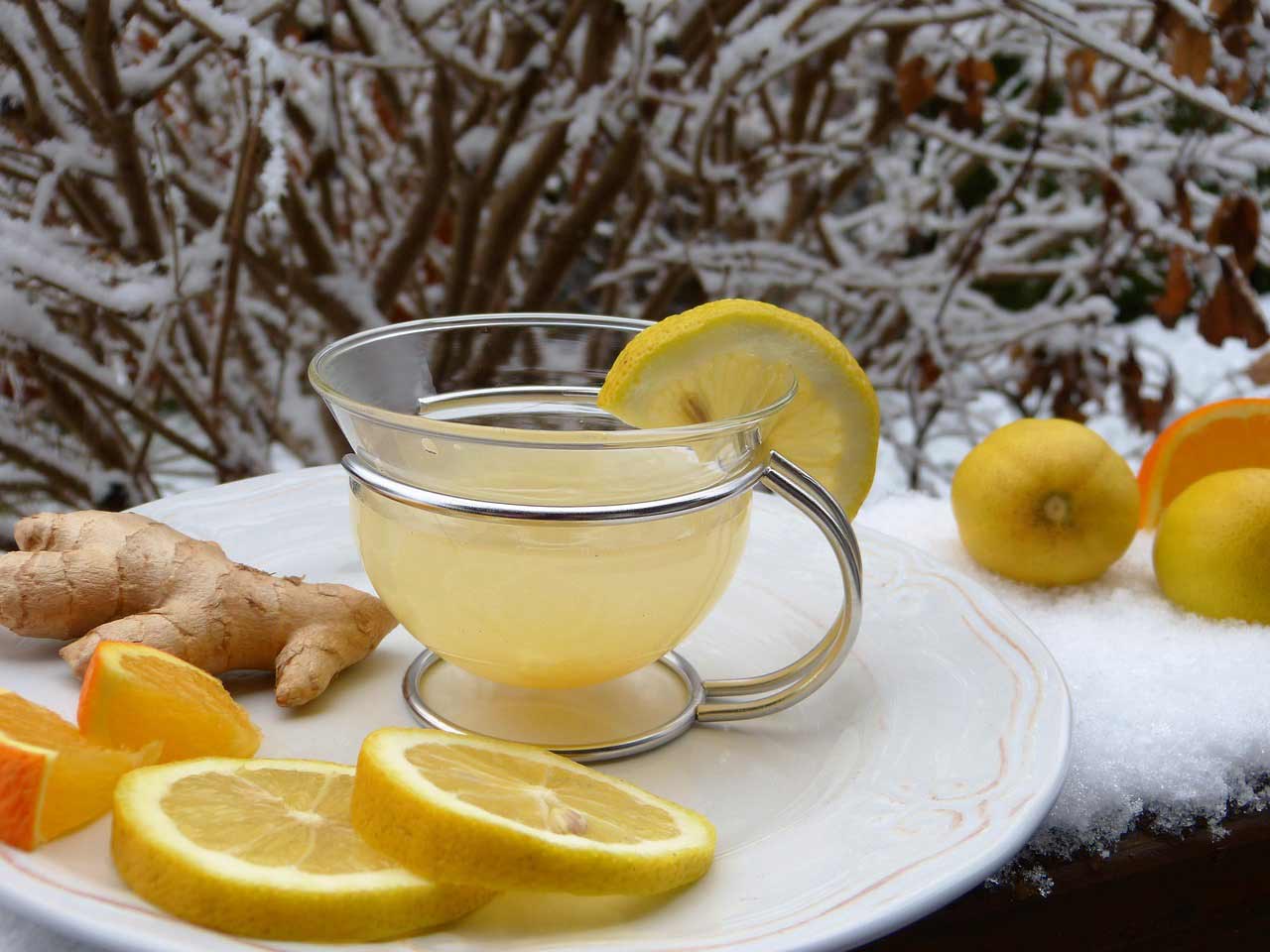Although it may seem like a simple topic, “Why is orange juice yellow?” goes into great detail about oranges and the juice-making process. This essay will discuss the intriguing causes of the color difference between the fruit and the juice it yields.
Understanding the Basics of Orange Juice
Orange juice is one of the world’s most popular beverages, known for its bright flavor, refreshing quality, and nutritional value. Aside from its initial attraction, several essential elements of orange juice influence everything from production to color and flavor.
Let’s start with the basics to gain a better understanding of what goes into each glass of orange juice. “Why is orange juice yellow?” may appear to be a simple inquiry, but the answer goes deep into the nature of oranges and the juice-making process. This essay will look at the fascinating reasons for the color difference between the fruit and the juice it produces.

What Determines the Color of Oranges?
When we think about oranges, we immediately envision a bright orange color. However, the color of oranges can vary greatly, ranging from greenish-yellow to dark orange.
Several factors influence the color of oranges, and studying them can help us understand why the juice from these fruits appears yellow.
The Science Behind the Color of Orange Juice
When you think of oranges, you probably see a brilliant, sun-kissed color. But have you ever wondered why the juice from these vibrant fruits frequently has a lighter, almost yellow hue? The explanation is based on the fruit’s intriguing interplay of biology and chemistry.
The Role of Carotenoids in Orange Juice
The vibrant colors we associate with diets rich in fruits and vegetables are mostly due to compounds called carotenoids. The color orange is a result of carotenoids like lycopene and beta-carotene, which our bodies convert to vitamin A. However, the main carotenoid in orange juice is lutein, also known as xanthophyll, which is more yellowish than orange.
The kind and quantity of carotenoids that end up in the juice can change during the extraction process. Various factors, such as the type of orange, the timing of fruit selection, and the extraction method, influence the final color.
Higher heat or longer filtering times during the juicing process typically change the carotenoid profile by dissolving some pigments and lowering the juice’s overall orange color, resulting in a lighter yellow juice.
Orange is probably the vivid, sun-kissed color that springs to mind when you think of oranges. Have you ever wondered why the collected juice from these vibrant fruits often has a paler, almost yellow color? The fruit’s own intriguing interactions between chemistry and biology explain.
How Processing Affects Color
Industrial processing can also significantly affect the hue of orange juice. For example, pasteurization entails heating the juice to high temperatures in order to kill microorganisms and extend its shelf life. The heat has the potential to break down certain carotenoids and other natural pigments, which could diminish the orange hue of the juice.
Furthermore, mechanical processing of oranges may include parts of the peel and pulp, which have different carotenoid compositions than the orange flesh itself. This mixture can gently alter the juice’s color from a bright orange to a variety of yellow-orange tones.

Common Misconceptions About Orange Juice
Many homes around the world regularly serve orange juice as a daily staple and often associate it with a healthy start to the day. Despite its widespread use, there are a few common myths regarding orange juice that may mislead customers.
Let’s dispel some of the most widespread rumors and present the truth about this popular morning beverage.
Myth: All Orange Juice is Naturally Orange
One of the most common misconceptions is that the juice’s vivid orange hue is always a result of nature. Oranges are naturally orange; however, the juice can have many colors.
Depending on the kind of oranges used, how ripe they are, and the processing techniques employed, the actual color of orange juice can range from pale yellow to deep orange. To get the appropriate orange color, some manufacturers may even use coloring chemicals.
Myth: Orange Juice is as Healthy as Eating an Orange
A lot of people think that eating an orange is nutritionally similar to drinking a glass of orange juice. This isn’t totally correct, though. Juicing primarily results in the loss of dietary fibers present in whole oranges.
In addition to helping to maintain a healthy digestive system, fiber can help control blood sugar levels. Orange juice, especially the commercial variety that frequently contains additional sugars, can have a higher glycemic index and less nutritional fiber compared to an orange whole.
Myth: Orange Juice is Loaded with Additives
While it’s true that some kinds of orange juice have preservatives and additional sugars, there are many brands on the market that are just 100% pure orange juice.
It’s critical that customers carefully read the labels. Food authorities set stringent regulations that prohibit brands with the claim “100% Orange Juice” from including artificial additives or added sugars.
Myth: The ‘Best’ Orange Juice is Always Freshly Squeezed
It’s common knowledge that freshly squeezed orange juice has more flavor and nutrients. Fresh juice doesn’t always offer better nutrition, even though it may taste more colorful. Pasteurization, a process that eliminates microorganisms, makes store-bought orange juice safer to consume and extends its shelf life without sacrificing much of its nutritional value.
Furthermore, some pasteurized juices enhance their nutritional value by adding extra vitamins and minerals, making them more nutrient-dense than their freshly squeezed counterparts.
The Influence of Commercial Branding on Color Perception
Orange juice’s commercial branding can also influence how consumers perceive the juice’s color and quality. It’s not always the case that bright and colorful packaging leads to the assumption that the juice will also be vibrant and tasty.
Frequently, the branding emphasizes the juice’s freshness and health advantages, leading to misunderstandings about its true color and composition.
Conclusion
We’ve discovered several intriguing scientific and industrial explanations for why orange juice appears yellow rather than orange during our investigation into this matter.
The color variance is largely due to the presence of carotenoids like beta-cryptoxanthin, which gives an orange tint. Juice can also change color during the extraction and processing steps, which is why our glasses frequently have a yellow tint.

Je m’appelle Gunther Adam et je suis ravi de partager avec vous le monde des saveurs vibrantes, de la vie saine et de l’art du goût. Learn More




